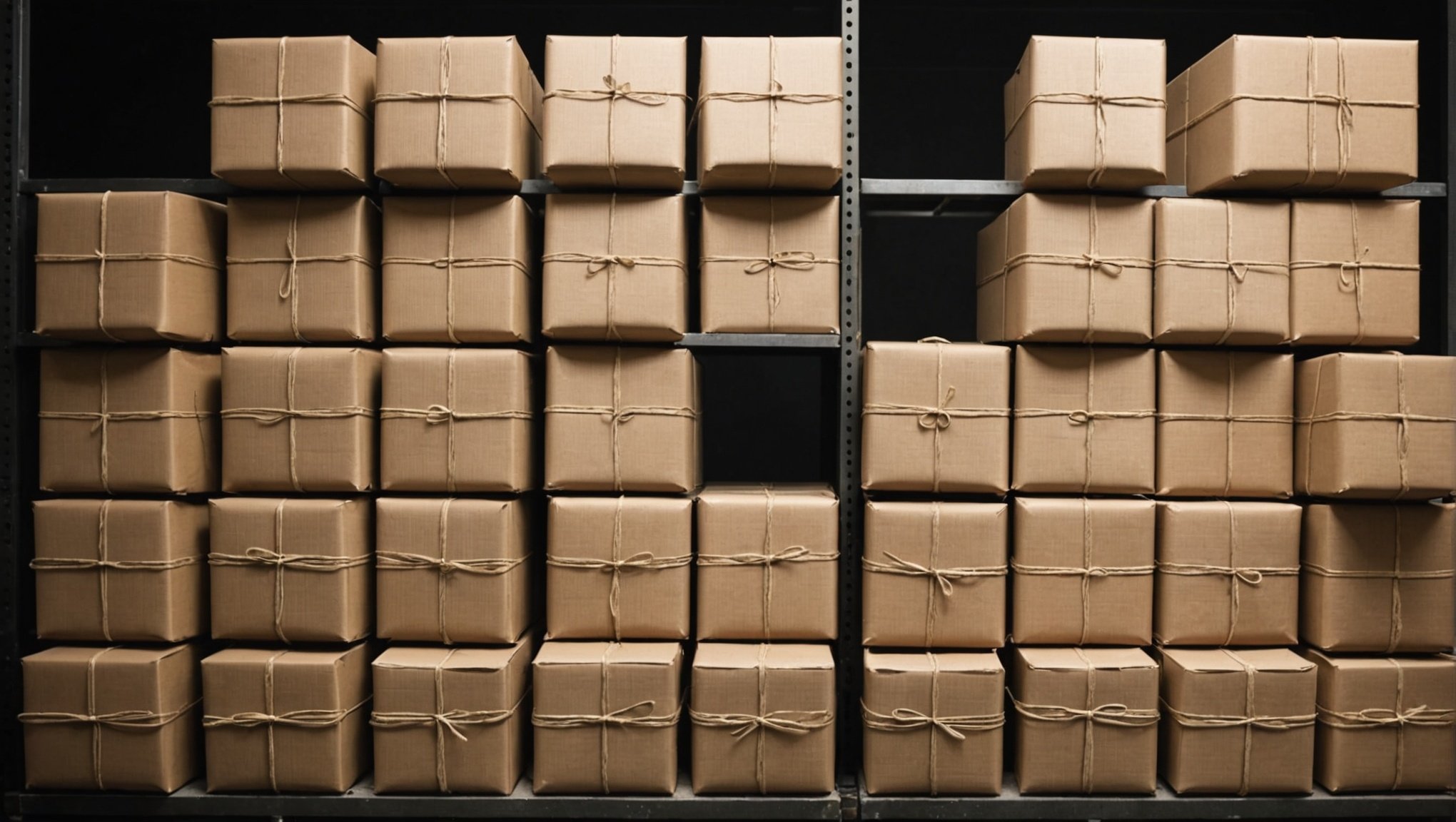Choosing the best strapping material for any load

Securing your loads effectively starts with choosing the best strapping material. Each material—be it Polypropylene (PP), Polyester (PET), or Steel—has unique properties tailored for specific uses. Understanding the strengths and applications of these materials is crucial for ensuring load stability and protection. Find the right strapping material for your needs by exploring our comprehensive comparison and expert recommendations, designed to help you make the most informed decision for any load.
Comparison of strapping materials
Choosing the right strapping material is essential for ensuring the security and integrity of your shipments. The three main types of strapping materials—Polypropylene (PP), Extruded Polyester (PET), and Steel—each offer unique properties and benefits.
Cela peut vous intéresser : Eco-friendly men's fashion: stylish, sustainable finds online
Polypropylene (PP) Strapping: properties and uses
Polypropylene strapping is known for its lightweight and versatile nature. It is particularly suitable for sealing, reinforcing, and securing lighter loads. Its elastic properties make it resistant to deformation and corrosion, which is ideal for long-term storage or long-distance shipping. This type of strapping is often chosen for its cost-effectiveness and ease of use.
Extruded Polyester (PET) Strapping: benefits and applications
Extruded Polyester strapping stands out as the strongest plastic strapping option available. It is perfect for heavier loads and pallets due to its ability to be tightly secured while offering slight flexibility. This flexibility ensures efficient sealing and reduces the risk of damage during transport. PET strapping is also resistant to UV rays, making it suitable for outdoor storage.
Dans le meme genre : How to Implement an Omnichannel Approach for UK Luxury Fashion Retail?
Steel Strapping: strengths and ideal scenarios
Steel strapping is renowned for its exceptional strength, making it the best choice for heavy, rigid loads with sharp or rough edges, such as iron or concrete. Unlike plastic strapping, steel does not flex, ensuring a firm hold on solid, bulky items. However, users should wear industrial gloves for protection due to its sharp edges.
Understanding the specific needs of your shipment will help you find the right strapping material for your needs. Whether you require the elasticity of Polypropylene, the strength of PET, or the rigidity of Steel, each material offers distinct advantages to meet your load securing solutions.
Factors influencing strapping choice
Selecting the appropriate strapping material involves several critical factors. Understanding these can ensure optimal load protection and cost-efficiency.
Load type and weight considerations
The nature of the load is paramount. Heavy and rigid loads like iron or concrete necessitate steel strapping due to its unmatched strength and rigidity. Conversely, lighter or more delicate items benefit from Polypropylene (PP) strapping, which is both lightweight and elastic. For intermediate weights, Extruded Polyester (PET) strapping offers the perfect balance of strength and flexibility.
Environmental factors and conditions
Environmental conditions also play a significant role. UV resistance is crucial for outdoor storage, making PET strapping a suitable choice. For long-term storage or long-distance shipping, the corrosion resistance of PP strapping ensures it remains intact without degrading. Steel strapping, though robust, may require protective coatings to prevent rust in humid conditions.
Cost and material availability
Finally, cost considerations and material availability can influence your decision. Polypropylene strapping is often the most cost-effective, making it ideal for budget-conscious operations. PET strapping, while more expensive, offers enhanced durability and UV resistance. Steel strapping, though pricier, is indispensable for securing heavy-duty loads. Balancing these factors ensures you get the best value without compromising on load protection.
Expert recommendations and case studies
Choosing the right strapping material is a critical decision for ensuring packaging protection and load stability during transit. Industry experts emphasize the importance of matching the strapping material to the specific needs of your shipment.
Industry expert insights on strapping materials
Experts recommend Polypropylene (PP) strapping for businesses looking for a cost-effective solution for lighter loads. Its elastic properties and resistance to corrosion make it ideal for long-term storage and long-distance shipping. For heavier loads, Extruded Polyester (PET) strapping is often advised due to its superior strength and slight flexibility, which minimizes damage during transport. Steel strapping is the go-to for securing heavy, rigid loads, ensuring they remain firmly in place.
Real-world case studies demonstrating effective strapping solutions
A logistics company specializing in international shipping found that using PET strapping significantly reduced damage rates for their heavier pallets. By switching from PP strapping to PET, they enhanced load stability during transit, leading to fewer customer complaints and returns. Another case study from a construction materials supplier highlighted the effectiveness of steel strapping for securing large concrete blocks. The exceptional strength of steel ensured the blocks remained immobile, preventing accidents and product loss.
Tips for optimizing strapping usage for various loads
To maximize packaging protection and load stability during transit, consider the following tips:
- Assess Load Characteristics: Match the strapping material to the weight and rigidity of your load.
- Environmental Considerations: Choose materials like PET strapping for outdoor storage due to its UV resistance.
- Cost-Benefit Analysis: Balance the cost of the strapping material with its performance benefits to ensure optimal resource utilization.
By following these expert recommendations and learning from real-world case studies, you can ensure your shipments are secured effectively, reducing the risk of damage and improving overall efficiency.
